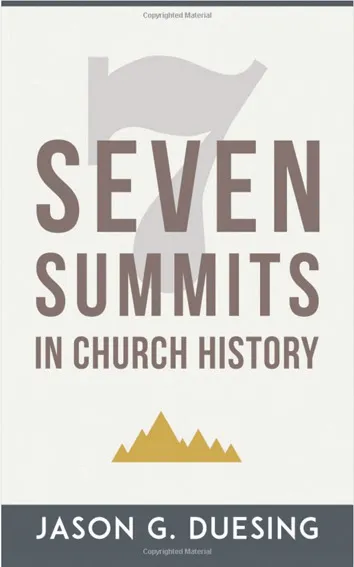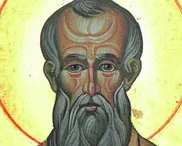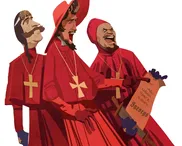SEVEN SUMMITS OF CHURCH HISTORY
By Jason G. Duesing
Rainer Publishing. 132 pages. £7.56
ISBN 978 0 692 589 199
Despite the fact that there is still widespread ignorance of the history of God’s people among far too many local churches, only a die-hard pessimist would view the current scene of interest in the Christian past with profound discouragement. We are seeing the production of some fabulous historical scholarship by relatively recent doctoral graduates, as well as a flurry of works for a more general popular audience.
This new book by Jason Duesing, Provost of Midwestern Baptist Theological Seminary, falls into the latter category and seeks to introduce readers to seven key figures – ‘seven summits’ to use Duesing’s mountaineering image – in the history of the church. Five of them are no surprise – Augustine, Martin Luther, John Calvin, Jonathan Edwards and William Carey. These are obvious giants.








VE Day 80 years on: A lasting victory?
After the battle of Waterloo (June 18, 1815), Arthur Wellesley, the Anglo-Irish 1st Duke of Wellington and the commander-in-chief of …